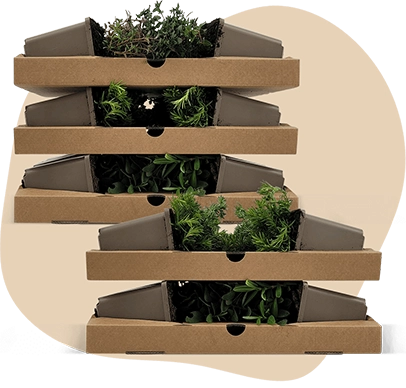Description
Cornus sericea 'Flaviramea' C7,5 60-80 | Golden twig dogwood
The Cornus sericea 'Flaviramea', commonly known as the Golden twig dogwood, is a striking shrub with an upright growth habit. This plant can reach a height of up to 400 cm, making it a prominent feature in any garden. The leaves of the Golden twig dogwood are green, providing a lush backdrop to its vibrant yellow stems, which are particularly eye-catching in winter. The foliage is not evergreen, so it will shed its leaves in autumn. Known for its low maintenance, this shrub is ideal for gardeners seeking an easy-care plant. Additionally, it produces berries, adding further interest to its seasonal display. The Cornus sericea 'Flaviramea' is a versatile choice for borders or as a solitary specimen.
Key Plant Characteristics of Cornus sericea 'Flaviramea'
- Cornus sericea 'Flaviramea' blooms in May and June with white flowers that attract bees and butterflies.
- The plant thrives in sunny or partially shaded locations for optimal growth.
- It is adaptable to all soil types, provided the soil is well-drained.
- The shrub features striking yellow stems in winter, adding visual interest to the garden.
- Considered a low-maintenance garden plant, it is suitable for borders or as a solitary feature.
Application of Cornus sericea 'Flaviramea' in the Garden
- Cornus sericea 'Flaviramea' is ideal for borders and as a solitary plant, adding vibrant colour with its yellow stems in winter.
- This plant is highly winter-hardy, tolerating temperatures as low as -45.6°C, making it suitable for cold climates.
- It combines well with other shrubs and perennials, especially those that thrive in moist soils.
- The main ornamental value lies in its striking yellow branches during winter and its white flowers in late spring, which attract bees and butterflies.






























